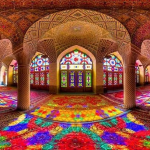India’s story is told not just through its famous monuments or cities, but through its vast patchwork of diverse regions. The federal subjects of India represent a complex tapestry of history, culture, and governance. These are the 28 states and 8 union territories that, taken together, form the world’s largest democracy.
What most outsiders see as a single nation is in reality a federation stitched together from former kingdoms, colonial enclaves, tribal areas, and principalities that joined India under varying circumstances. To truly understand India, it helps to explore how these federal subjects came to be — and what sets them apart today.

Table of Contents
Former Countries Incorporated Into India
Sikkim
One of the most unique stories among the federal subjects of India is Sikkim’s transformation from an independent kingdom to a state of India. For centuries, Sikkim was ruled by the Chogyal monarchy and remained largely autonomous, even as India gained independence.
In the early 1970s, political unrest and demands for democratic reforms grew inside Sikkim. India, which had a protectorate relationship with the kingdom since 1950, increased its influence. In 1975, following a referendum supported by India, Sikkim abolished its monarchy and became the 22nd state of India.
This peaceful annexation remains a delicate subject for some locals but marked a major expansion of Indian federalism.
Hyderabad
The princely state of Hyderabad was one of the largest and richest autonomous kingdoms before integration. Ruled by the Nizam, Hyderabad initially sought to remain independent after 1947. This led to tensions with the newly formed Indian government.
In 1948, India launched Operation Polo, a military intervention lasting five days, which resulted in Hyderabad’s integration into India. The operation ended the Nizam’s rule and folded Hyderabad into India as a state.
Junagadh
Junagadh was a Muslim-ruled princely state with a Hindu majority. When independence arrived, its ruler chose to accede to Pakistan, despite being surrounded by Indian territory.
This move was deeply unpopular locally, leading to protests and the formation of a provisional government. India intervened diplomatically and militarily, and a plebiscite was held that resulted in Junagadh joining India in 1948.
Manipur
Manipur was a small kingdom with a long history of independence. It signed an agreement with India in 1949, integrating into the Indian Union as a part of the process of unifying former princely states.
However, Manipur’s history as an independent kingdom remains a point of pride, and local groups still campaign for greater autonomy or even sovereignty.
Tripura
Tripura was another princely state that merged with India in 1949. The region has a large indigenous tribal population alongside Bengali communities, which has made its integration complex.
The tribal areas have been granted special administrative statuses to protect their culture and land rights, reflecting India’s broader federal approach to diversity.
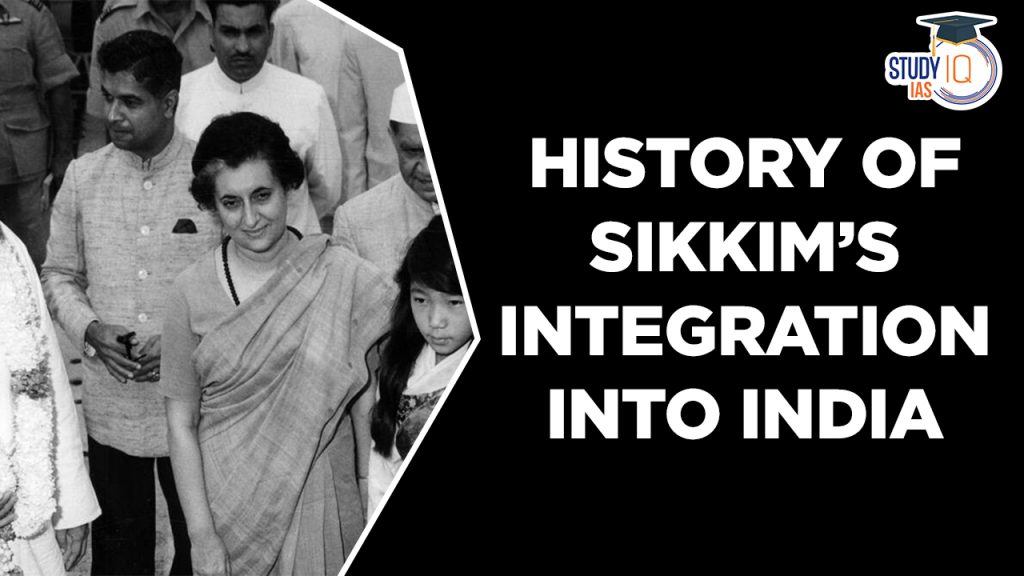
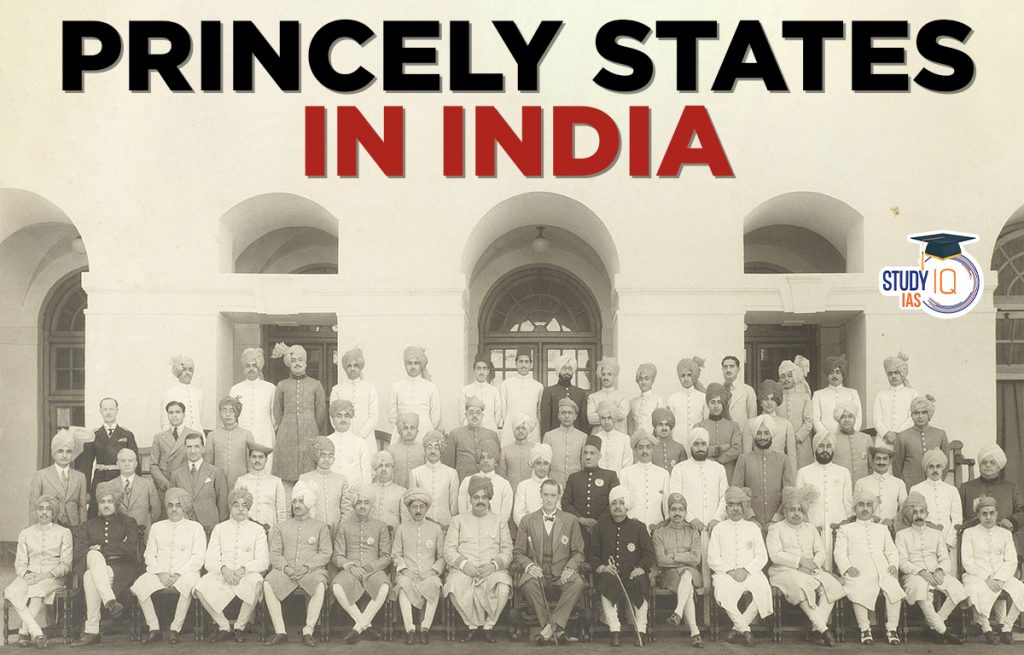
Former European Colonies Now Federal Subjects
Goa
Goa’s past as a Portuguese colony until 1961 marks it as unique among the federal subjects of India. While India gained independence in 1947, Portugal clung to Goa for another 14 years.
India finally annexed Goa through a military action known as Operation Vijay. Goa became a union territory before gaining full statehood in 1987, retaining a distinct Lusophone cultural influence.
French Territories
Pondicherry (now Puducherry), Karaikal, Yanam, Mahe, and Chandernagore were French enclaves until the 1950s. They merged peacefully with India after referendums.
Today, Puducherry remains a union territory with a legislature and maintains a unique blend of French and Tamil cultural heritage.
Dadra and Nagar Haveli, Daman and Diu
These smaller Portuguese enclaves declared independence in 1954 and were incorporated into India soon after. In 2020, these two union territories were merged into one, simplifying governance.
What about Bhutan and Nepal?
Nepal and Bhutan are two independent Himalayan kingdoms that have never been federal subjects of India. Unlike many regions that became part of India through colonial annexation or integration of princely states, both Nepal and Bhutan retained their sovereignty throughout British colonial rule and after India’s independence in 1947.
Nepal maintained a unique relationship with British India as a friendly independent kingdom, known especially for supplying Gurkha soldiers to the British army. After 1947, Nepal and India developed strong diplomatic ties, marked by open borders and close cultural connections. The 1950 Indo-Nepal Treaty of Peace and Friendship formalized this relationship, allowing free movement of people and goods, but Nepal remains fully sovereign with its own government and constitution.
Similarly, Bhutan has preserved its independence through careful diplomacy. It signed the Treaty of Friendship with India in 1949, agreeing to consult India on foreign policy matters while retaining internal autonomy. Over time, Bhutan has strengthened its sovereignty and democratic institutions while maintaining close economic and security ties with India.
It’s worth noting that Myanmar was part of British India until 1937, when it was separated into its own colony, before gaining independence in 1948.
Together, Nepal and Bhutan illustrate how India’s neighbors maintain distinct identities while fostering close regional partnerships.
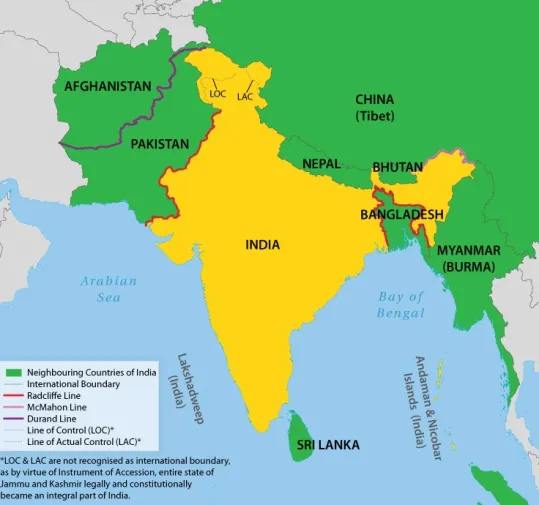
What Differentiates the Federal Subjects of India Today
India’s federal system is unlike most. The country is divided into 28 states and 8 union territories, but the distinctions go deeper than just names.
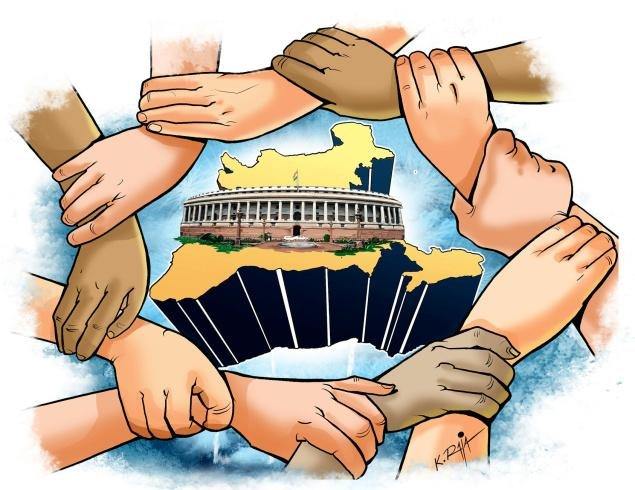
Image: https://bit.ly/2MipJn6
States
Each state in India has:
- An elected legislative assembly that passes laws on a range of subjects.
- A chief minister who serves as the head of government.
- A governor appointed by the central government, primarily a ceremonial role.
- Powers to legislate on areas such as law and order, agriculture, health, and local governance, as outlined in the Constitution’s State List.
Some states like Bihar, Uttar Pradesh, and Maharashtra have bicameral legislatures, with a legislative council alongside the assembly.
Several states have special constitutional protections. For example:
- Nagaland and parts of the Northeast have the authority to restrict entry through the Inner Line Permit, preserving indigenous cultures.
- Manipur and Mizoram enjoy tribal protections under Article 371.
- Jammu and Kashmir had a special status (Article 370) until 2019, when it was reorganized into two union territories.
Union Territories
Union territories vary widely in governance:
- Delhi and Puducherry have their own elected assemblies and chief ministers but less autonomy than states.
- Others like Chandigarh and Lakshadweep are governed directly by administrators appointed by the central government.
- The union territories of Jammu and Kashmir and Ladakh were created in 2019 after the revocation of Article 370, with limited self-government.
Union territories tend to be smaller, strategically important, or culturally distinct regions where central control is prioritized.
Full List of Federal Subjects of India
States (28)
- Andhra Pradesh
- Arunachal Pradesh
- Assam
- Bihar
- Chhattisgarh
- Goa
- Gujarat
- Haryana
- Himachal Pradesh
- Jharkhand
- Karnataka
- Kerala
- Madhya Pradesh
- Maharashtra
- Manipur
- Meghalaya
- Mizoram
- Nagaland
- Odisha
- Punjab
- Rajasthan
- Sikkim
- Tamil Nadu
- Telangana
- Tripura
- Uttar Pradesh
- Uttarakhand
- West Bengal
Union Territories (8)
- Andaman and Nicobar Islands
- Chandigarh
- Dadra and Nagar Haveli and Daman and Diu
- Delhi
- Jammu and Kashmir
- Ladakh
- Lakshadweep
- Puducherry
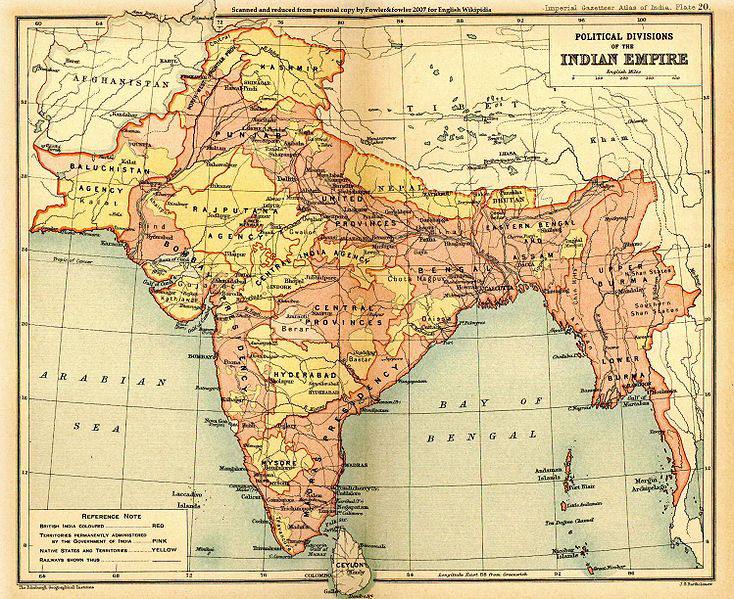
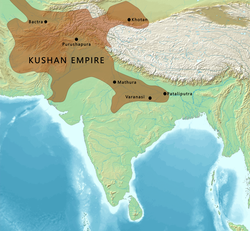
Why These Federal Subjects Matter
India’s federal subjects are not simply administrative divisions — they represent the country’s breathtaking diversity and complex history. From ancient Himalayan kingdoms like Sikkim to former European colonies like Goa, and from tribal homelands with special protections to sprawling states with millions of people and booming economies, these regions define India’s identity.
Understanding the federal subjects of India is essential to grasping how the world’s largest democracy manages to balance unity and diversity, local autonomy and national integration.
Click to check out our Worldwide Adventures.





